This article was medically reviewed by Luba Lee, FNP-BC, MS. Luba Lee, FNP-BC is a Board-Certified Family Nurse Practitioner (FNP) and educator in Tennessee with over a decade of clinical experience. Luba has certifications in Pediatric Advanced Life Support (PALS), Emergency Medicine, Advanced Cardiac Life Support (ACLS), Team Building, and Critical Care Nursing. She received her Master of Science in Nursing (MSN) from the University of Tennessee in 2006.
There are 9 references cited in this article, which can be found at the bottom of the page.
wikiHow marks an article as reader-approved once it receives enough positive feedback. In this case, 85% of readers who voted found the article helpful, earning it our reader-approved status.
This article has been viewed 81,491 times.
Chilblains are red, swollen patches of skin and blisters that may appear on your hands and feet after exposure to extreme cold.[1] Once you get chilblains, you may have to wait for them to disappear on their own. However, you can take steps to decrease your discomfort. If your chilblains do not improve or you get them multiple times, then you may need medical treatment to get rid of them. You can also do some things to prevent chilblains if this is a recurring problem for you.
Steps
Using Self-Care Treatments
-
1Use calamine lotion or witch hazel for itching. Chilblains can be extremely itchy, but scratching them may result in an infection. To ease the itchiness of chilblains without scratching, apply some calamine lotion or witch hazel onto your chilblains using a cotton ball. Both work well, so use whichever you have on hand.[2]
- Don't rub the lotion or witch hazel into your chilblains. Just dab it on gently.
-
2Apply lanolin to your feet or hands. Lanolin can help to soothe itching and to moisturize your skin around the chilblains. Apply lanolin all over your feet or hands.[3]
- Do not press too hard when you apply the lanolin. Smooth it onto your skin with light, gentle strokes.
- Apply lanolin before applying witch hazel or calamine lotion.
Advertisement -
3Put on a pair of warm socks or mittens. It is important to avoid warming up your feet or hands too quickly when they get cold. Changing into a pair of warm socks or putting on a pair of warm mittens or gloves will help to warm up your feet gradually.[4]
- Wool and thick cotton socks or mittens are good options.
-
4Do some light exercise. Getting the blood flowing to your extremities may also help to treat chilblains. Try walking in place or pacing back and forth indoors to get the blood flowing.[5]
- Avoid doing anything too vigorous. This may irritate your chilblains.
Seeking Medical Help
-
1Call your doctor if chilblains do not improve or are recurring. Chilblains usually get better after a couple of weeks, so you may not need to do anything except wait. However, if your chilblains will not go away or if they keep coming back, see a doctor.[6]
-
2Ask your doctor about nifedipine. This medication can help to treat chilblains by relaxing the blood vessels and improving your circulation. Nifedipine is available by prescription, so you will have to see your doctor to get it.[7]
- Nifedipine is a pill that you take 3 to 4 times daily. However, follow the dosing instructions your doctor or pharmacist gives you.[8]
- Nifedipine is most commonly prescribed for high blood pressure. Tell your doctor or pharmacist about any other medications you are taking to avoid potentially dangerous drug interactions.[9]
-
3Watch for signs of an infection. Sometimes chilblains may become infected. If this happens, you will need to see a doctor for a prescription antibiotic. Some symptoms of an infection include:[10]
- Pus and/or swelling around your chilblains
- A temperature above 100.4 °F (38.0 °C)
- Feeling unwell in general
- Having swollen glands
Preventing Chilblains
-
1Exercise regularly. Poor circulation is one of the main reasons why people get chilblains, so getting regular exercise may help to reduce your risk. Take a 30 minute walk daily or get up a few times per day to walk around your home or office.[11]
-
2Protect your skin in cold weather. Exposure to very cold temperatures is part of how chilblains develop, so it is important to wear appropriate outerwear when the weather is cold. Wear a coat, hat, mittens, warm socks, and boots.[12]
-
3Warm up gradually after exposure to extreme temperatures. Chilblains often form as a result of warming yourself up too quickly. Avoid quick methods of warming up, such as immersing your feet or hands in very warm water or standing close to a heater or fire.[13]
-
4Moisturize your feet and hands. Keeping your feet moisturized may help to reduce your risk of chilblains. Apply a thick layer of lotion to your hands and feet each day.[14]
-
5Quit smoking. Smoking increases your risk of chilblains. If you are a smoker, talk to your doctor. You may be able to get medication to help you quit.[15]
-
6Eat a hot meal before going out in the cold. Having at least 1 hot meal every day will help to keep you warm, and doing so right before you go out in cold weather can help even more. Eat a bowl of oatmeal for breakfast, soup for lunch, or a hot casserole for dinner.[16]
- You can also sip hot liquids during the day, such as tea, coffee, and broth.
References
- ↑ https://www.nhsinform.scot/illnesses-and-conditions/skin-hair-and-nails/chilblains
- ↑ https://www.nhs.uk/conditions/chilblains/
- ↑ https://www.betterhealth.vic.gov.au/health/conditionsandtreatments/chilblains
- ↑ https://www.betterhealth.vic.gov.au/health/conditionsandtreatments/chilblains
- ↑ https://www.betterhealth.vic.gov.au/health/conditionsandtreatments/chilblains
- ↑ https://www.nhs.uk/conditions/chilblains/
- ↑ https://pubmed.ncbi.nlm.nih.gov/2647123/
- ↑ https://reference.medscape.com/drug/procardia-xl-nifedipine-342378
- ↑ https://medlineplus.gov/druginfo/meds/a684028.html
- ↑ https://my.clevelandclinic.org/health/diseases/21817-chilblains-pernio
- ↑ https://my.clevelandclinic.org/health/diseases/21817-chilblains-pernio
- ↑ https://www.ccohs.ca/oshanswers/phys_agents/cold_health.html
- ↑ https://patient.info/foot-care/chilblains
- ↑ https://my.clevelandclinic.org/health/diseases/21817-chilblains-pernio
- ↑ https://www.nhsinform.scot/illnesses-and-conditions/skin-hair-and-nails/chilblains
- ↑ https://www.nhsinform.scot/illnesses-and-conditions/skin-hair-and-nails/chilblains
About This Article
To get rid of chilblains, start by applying lanolin to the affected area to soothe your skin. Next, apply calamine lotion or witch hazel to help with the itchiness. It's important not to scratch chilblains, since this may result in an infection. Light exercise, like marching in place or pacing back and forth indoors, can get your blood flowing and positively impact chilblains. If your chilblains are persistent or severe, talk to your doctor about medications like nifedipine, which relax blood vessels and improve circulation. For tips on recognizing signs of infection, read on!
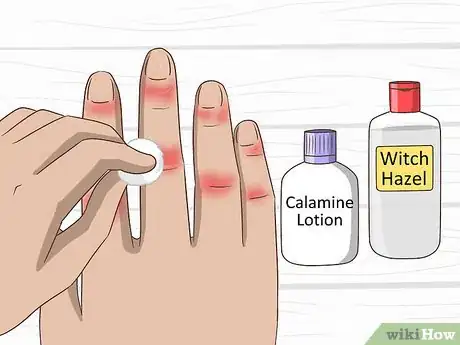
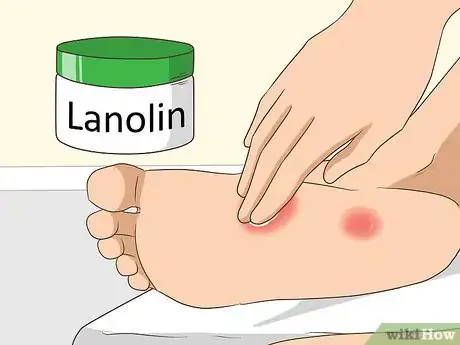
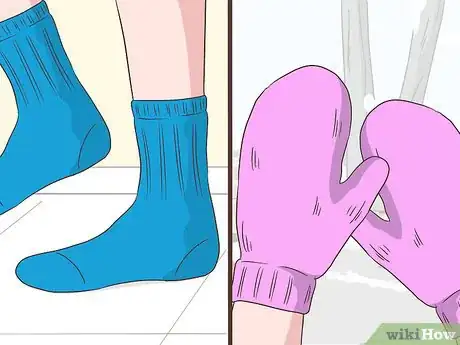
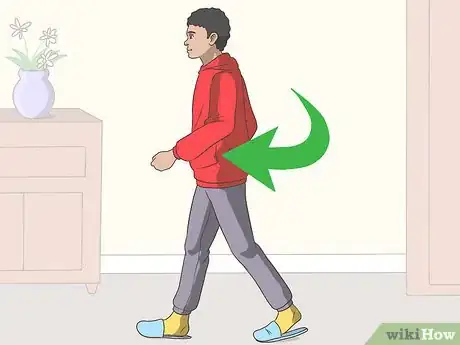
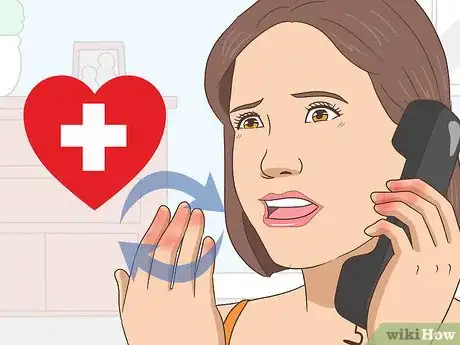
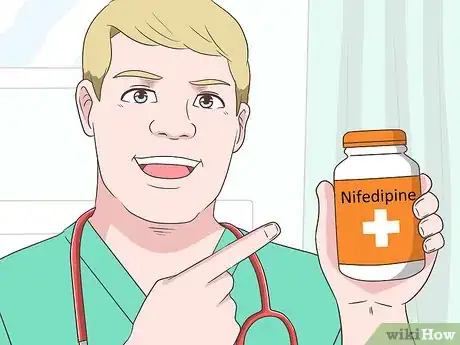

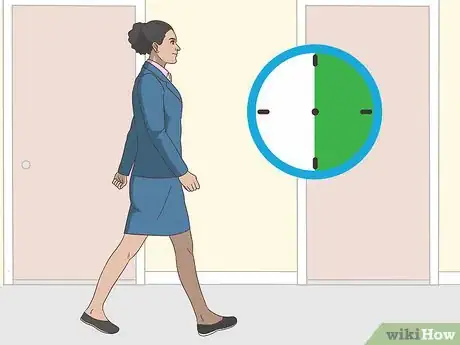
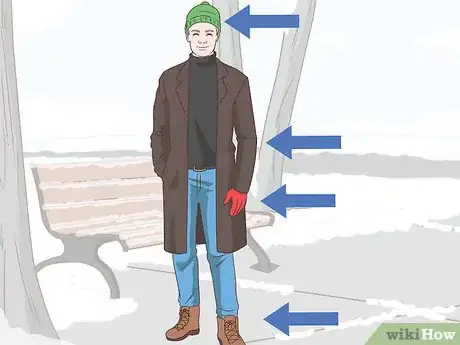
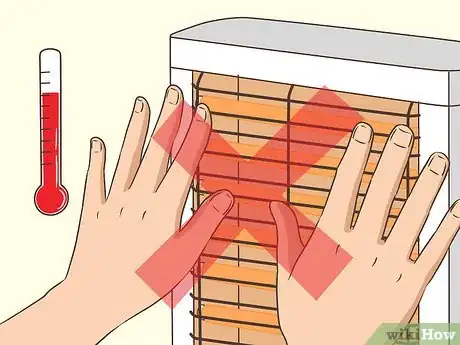
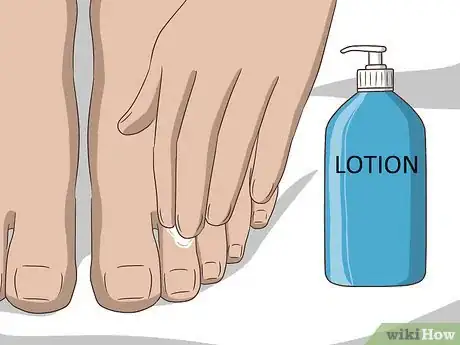
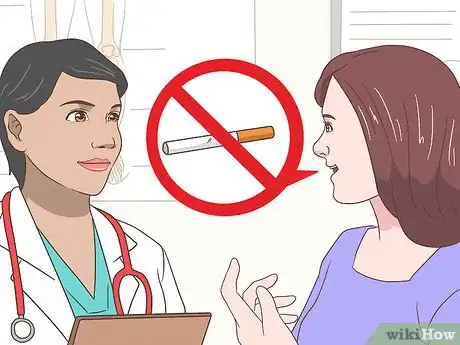
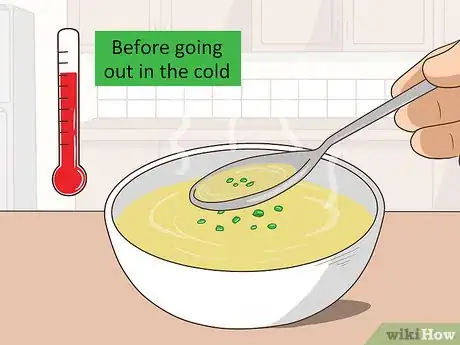
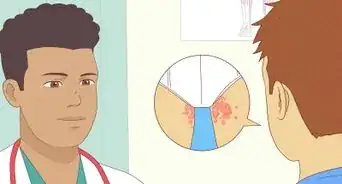

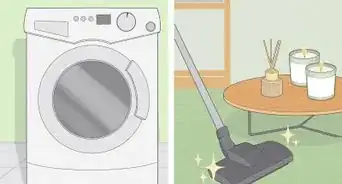

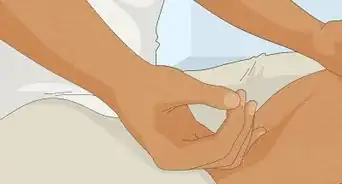
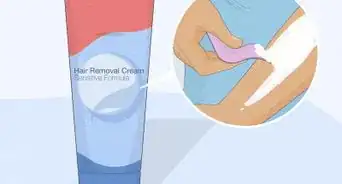

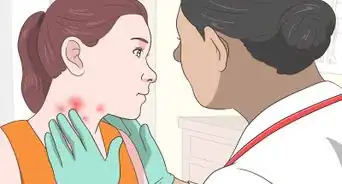
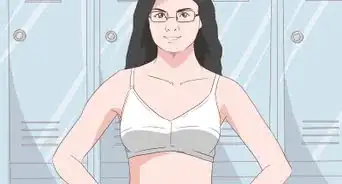
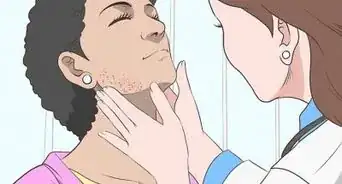
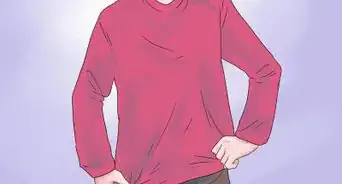


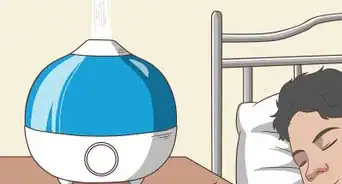









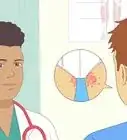
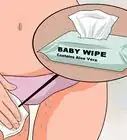
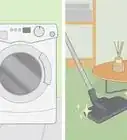
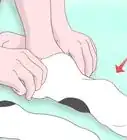



































Medical Disclaimer
The content of this article is not intended to be a substitute for professional medical advice, examination, diagnosis, or treatment. You should always contact your doctor or other qualified healthcare professional before starting, changing, or stopping any kind of health treatment.
Read More...